This article was co-authored by wikiHow staff writer, Dev Murphy. Our trained team of editors and researchers validate articles for accuracy and comprehensiveness.
wikiHow’s Content Management Team carefully monitors the work from our editorial staff to ensure that each article meets our high quality standards.
There are 12 references cited in this article, which can be found at the bottom of the page.
This article has been viewed 1,013 times.
Learn more...
It’s indisputable that tiny little baby ears are the cutest. And if you’re an expectant parent or the parent of a newborn, you may already be shopping for teeny earrings to adorn those little lobes. But before you take any action, you might be wondering when the best age to pierce your baby’s ears is, as well as the potential risks of piercing. Keep reading: we’ve gathered the medical guidance and advice that you’ll need to make the best decision about when to pierce your baby’s ears.
Things You Should Know
- The minimum recommended age to pierce your baby's ears is 3 months, but it's up to you! Do what you think is best for your baby: ear piercing is generally safe.
- Piercing your child's ears when they are old enough to take care of the piercings themselves may reduce the risk of infection.
- Regardless of your child's age, there is low risk involved in piercing their ears. Just be sure to use a reputable piercer, and keep the piercings clean to avoid infection.
Steps
References
- ↑ https://www.hopkinsallchildrens.org/ACH-News/General-News/How-to-Safely-Get-Your-Child-s-Ears-Pierced
- ↑ https://www.hopkinsmedicine.org/news/articles/the-risks-of-infant-ear-piercing
- ↑ https://www.familyeducation.com/babies/health/everything-you-need-to-know-before-piercing-your-babys-ears
- ↑ https://www.healthychildren.org/English/health-issues/conditions/ear-nose-throat/Pages/Avoiding-Infection-After-Ear-Piercing.aspx
- ↑ https://journals.sagepub.com/doi/pdf/10.1177/014556131709600714
- ↑ https://www.aafp.org/pubs/afp/issues/2005/1115/p2029.html
- ↑ https://www.hopkinsmedicine.org/news/articles/the-risks-of-infant-ear-piercing
- ↑ https://clinicaltrials.gov/ct2/show/NCT00008502
- ↑ https://www.rileychildrens.org/connections/ear-piercing-for-kids-safety-tips-from-a-pediatrician
- ↑ https://health.clevelandclinic.org/what-to-expect-when-getting-your-ears-pierced/
- ↑ https://safepiercing.org/piercing-guns/
- ↑ https://www.hopkinsallchildrens.org/ACH-News/General-News/How-to-Safely-Get-Your-Child-s-Ears-Pierced
- ↑ https://www.hopkinsmedicine.org/news/articles/the-risks-of-infant-ear-piercing
- ↑ https://www.familyeducation.com/babies/health/everything-you-need-to-know-before-piercing-your-babys-ears
- ↑ https://www.rileychildrens.org/connections/ear-piercing-for-kids-safety-tips-from-a-pediatrician
- ↑ https://www.familyeducation.com/babies/health/everything-you-need-to-know-before-piercing-your-babys-ears
- ↑ https://healthcare.utah.edu/healthfeed/postings/2014/06/061814_babies.earrings.php
- ↑ https://www.rileychildrens.org/connections/ear-piercing-for-kids-safety-tips-from-a-pediatrician
- ↑ https://www.hopkinsmedicine.org/news/articles/the-risks-of-infant-ear-piercing
- ↑ https://www.hopkinsmedicine.org/news/articles/the-risks-of-infant-ear-piercing
- ↑ https://publications.aap.org/pediatrics/article-abstract/115/5/1312/67513/Relationship-Between-Age-of-Ear-Piercing-and?redirectedFrom=fulltext

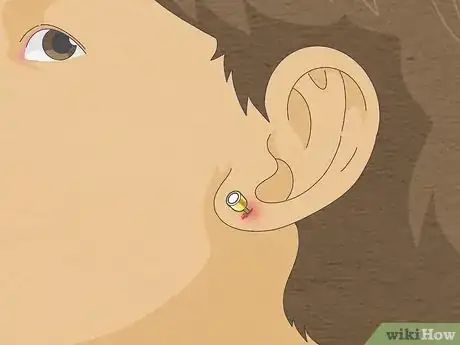
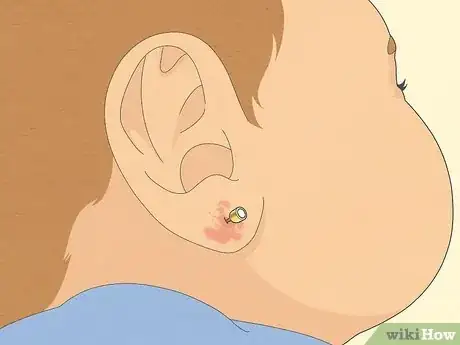

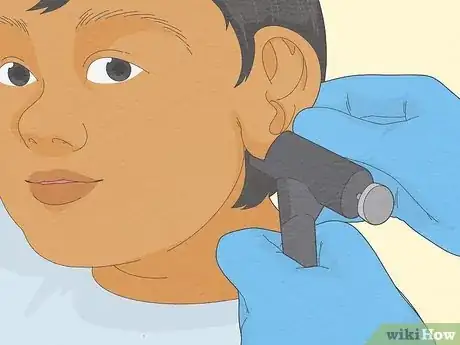


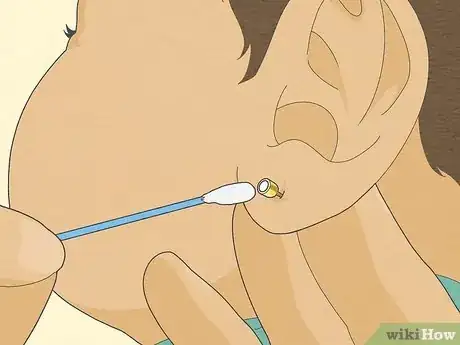
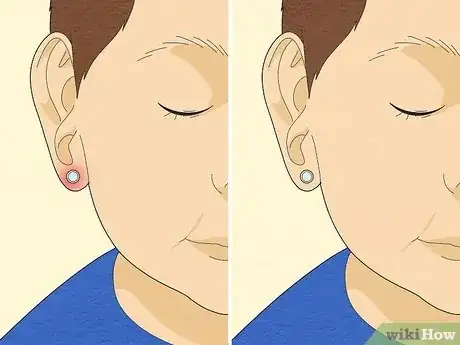





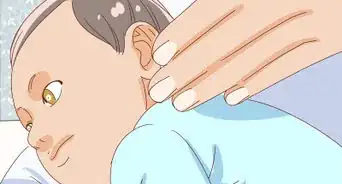

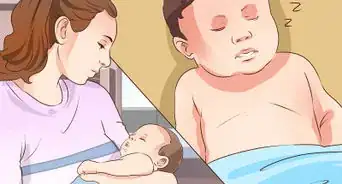


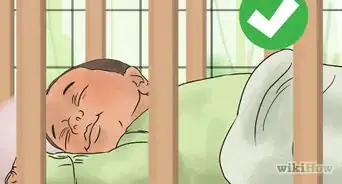












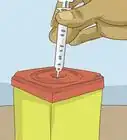



































wikiHow’s Content Management Team carefully monitors the work from our editorial staff to ensure that each article meets our high quality standards. This article has been viewed 1,013 times.